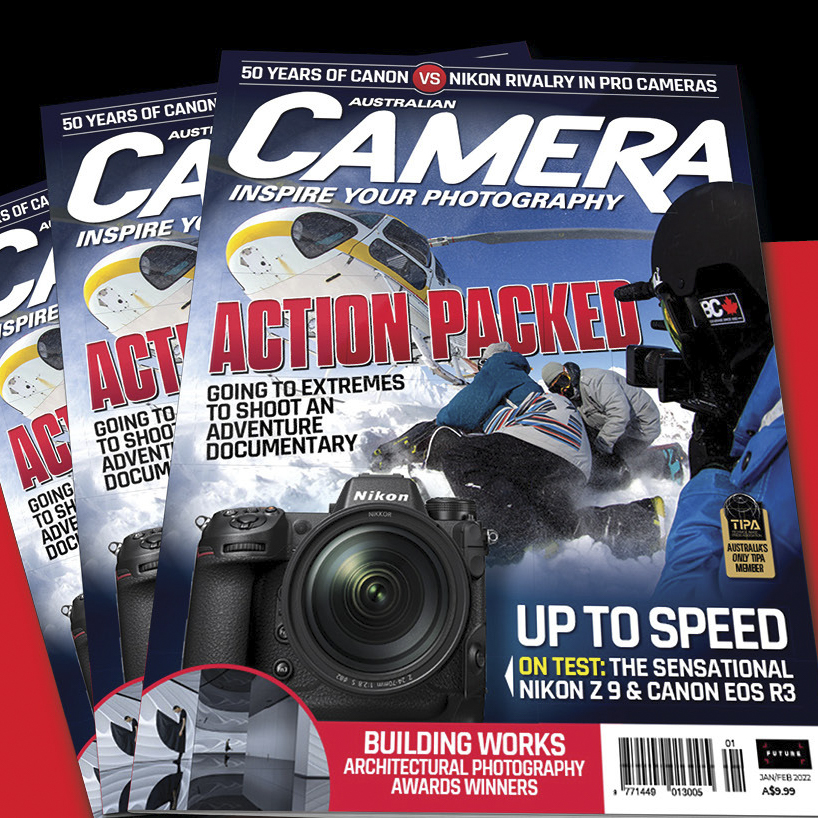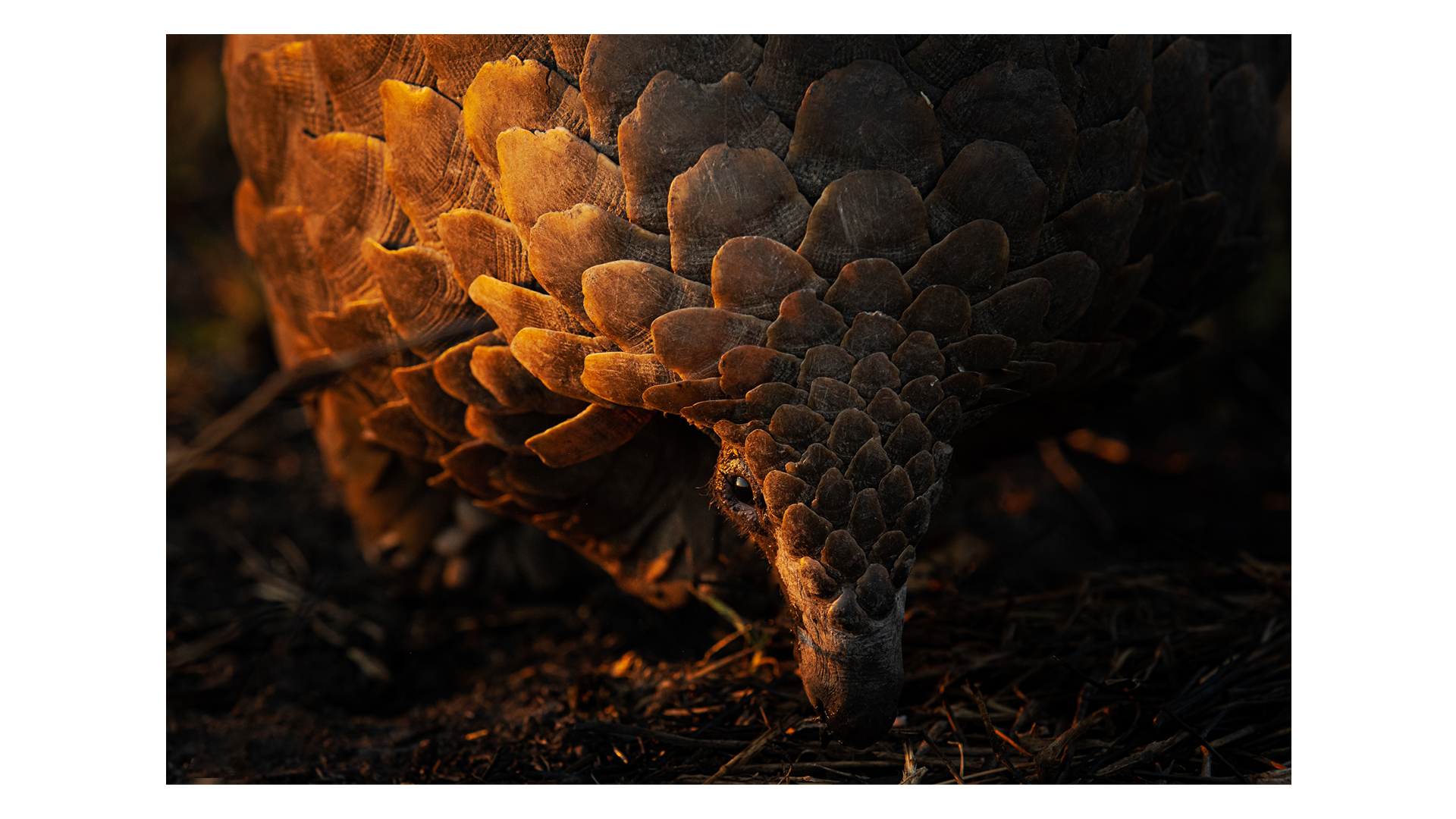Sports photography ace Hamish Blair gets hands-on with the Canon EOS R3
Legendary sports photographer Hamish Blair was one of a handful of pros invited to test the EOS R3 at Australia's major tennis tournament
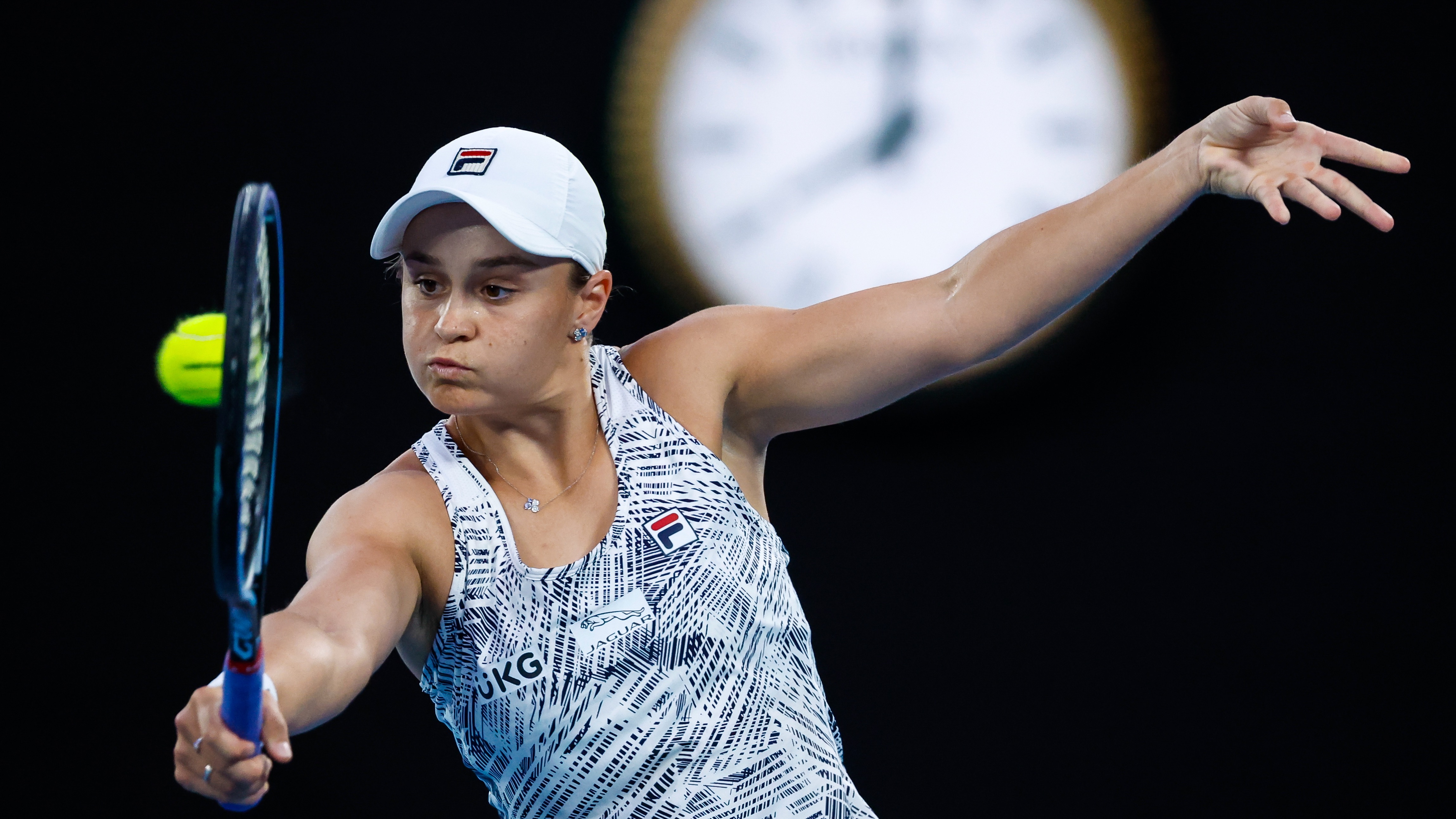
Over the last few decades, Hamish Blair has travelled the world in pursuit of the biggest stories in live sport. Whether shooting the Olympic Games, Ashes cricket, Champions League soccer or the Commonwealth Games, he’s earned a stellar reputation for capturing the most high-pressure moments in sporting history.
Hamish’s career began at Sporting Pix, the Melbourne sports photography agency.
“I suppose it was an informal apprenticeship,” he says. “I couriered film from sporting events, did film processing, editing and scanning.”
He soon went full time, shooting everything from AFL to basketball, and travelled overseas to cover the 1998 Commonwealth Games in Kuala Lumpur.
New opportunities arose when Sporting Pix was sold to Getty Images in 1998, which saw Hamish spend a decade covering the Australian cricket team’s tours, as well as the Sydney summer Olympic Games.
“In 2007, I transferred to London and spent four years working in the UK and Europe; shooting Premier League soccer, Wimbledon tennis and the Champions League final in Rome.”
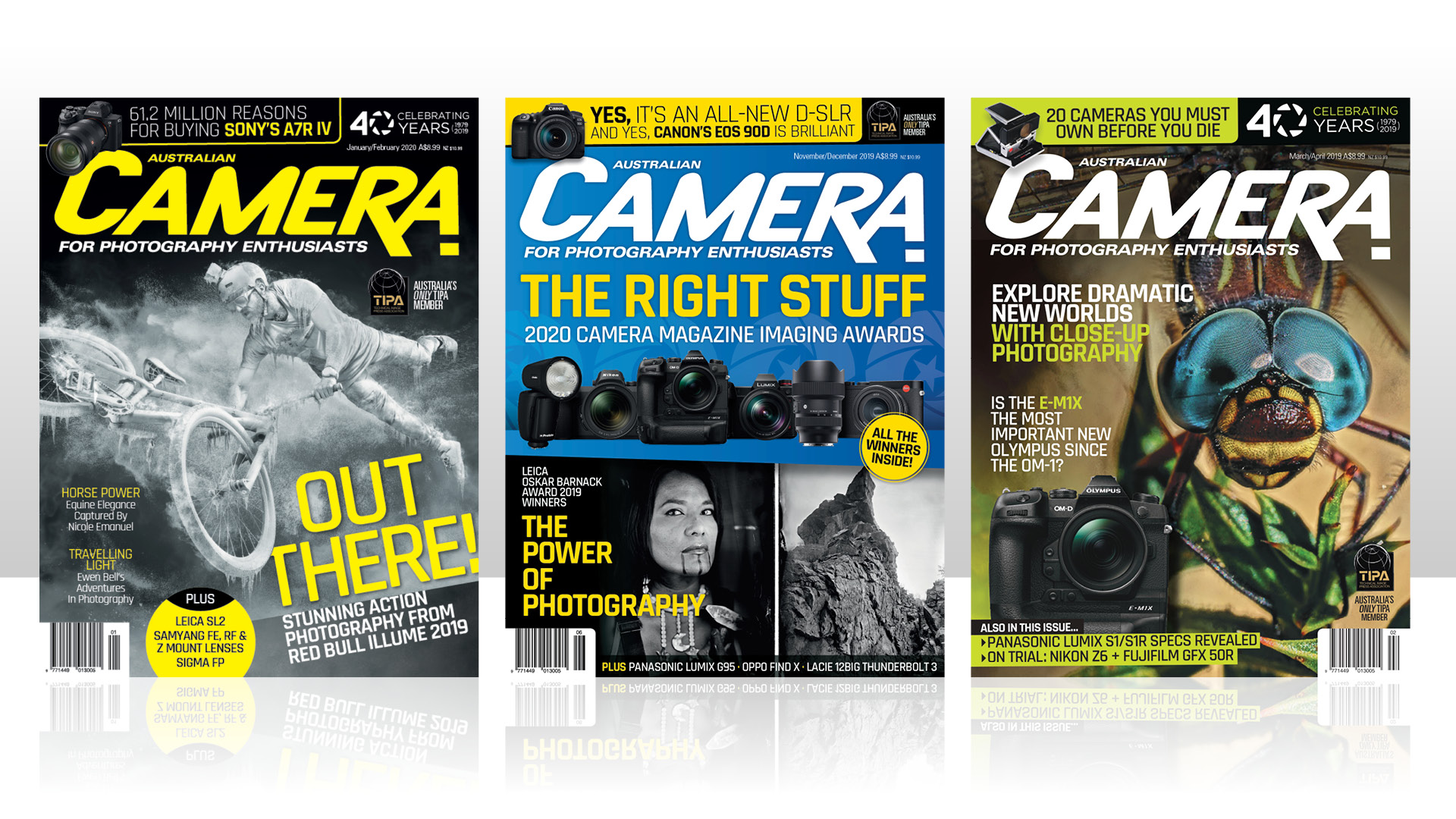
This article originally appeared in Australian Camera magazine, one of Digital Camera World's sister titles Down Under. Click here to find out more about Australian Camera magazine, including how you can subscribe to the print issues or buy digital editions.
After returning to Melbourne in 2011, Hamish left Getty to become a freelance sports photographer.
Get the Digital Camera World Newsletter
The best camera deals, reviews, product advice, and unmissable photography news, direct to your inbox!
“The change from being on staff at an agency to working freelance was a big challenge. Not having the security of a regular salary is an adjustment that takes a lot of time to get used. However, it is also very rewarding to work for yourself.”
Challenges aside, Hamish quickly established himself as someone who media agencies could rely on to deliver the goods. Today he works alongside some of the biggest names in sports photography and shoots many of the highest profile games, matches and tournaments. He remains loyal to his roots, however, and the people he began his career alongside.
“Starting at Sporting Pix, the owner Tony Feder and staff photographer Stuart Milligan – both amazing photographers – had a huge impact in my early career. At Getty I worked with Mark Dadswell, who is also a brilliant photographer. While covering cricket, I have spent many long days shooting alongside the incredible Phil Hillyard and anyone who has seen his work knows just how good he is.”
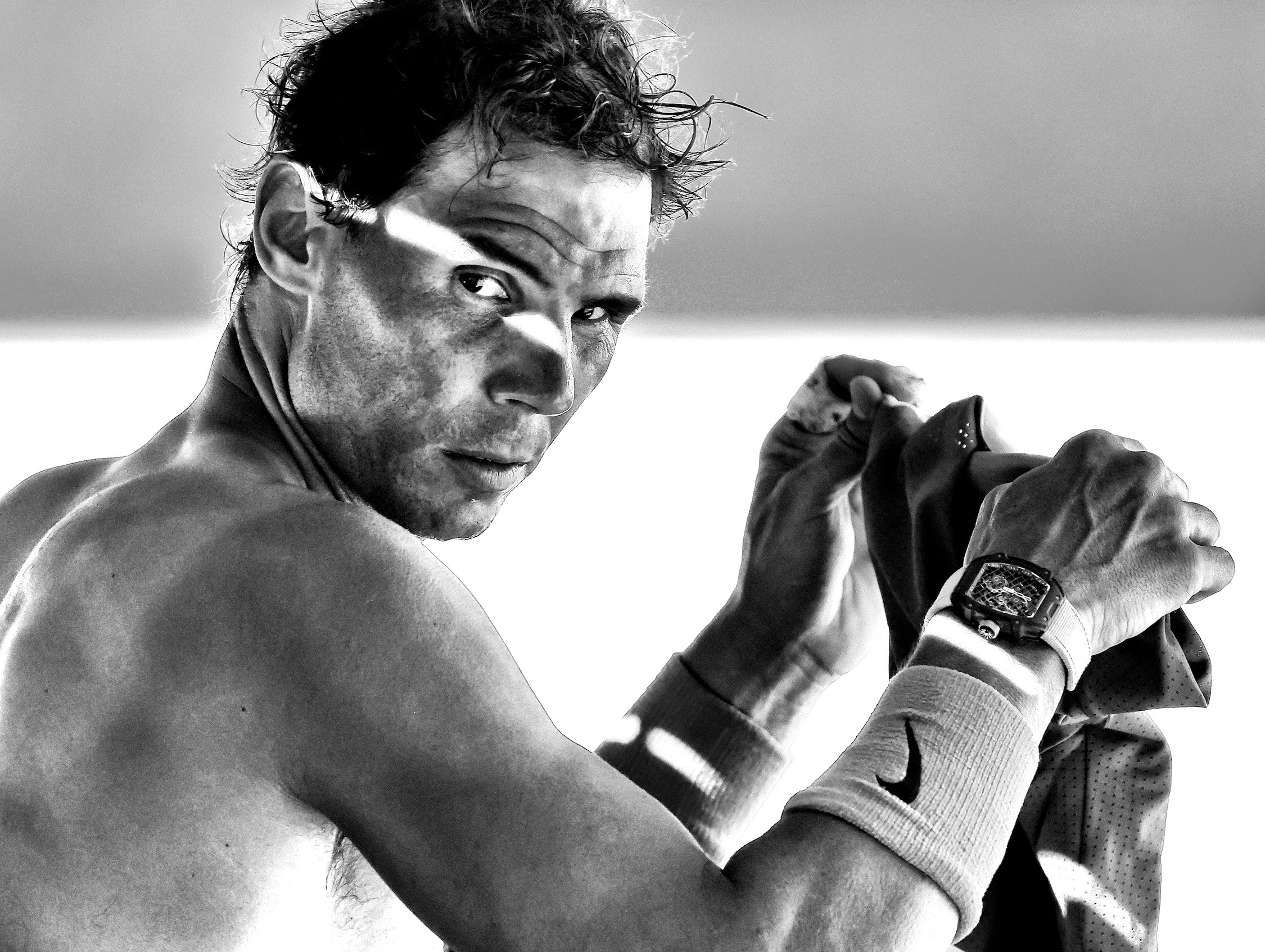
Tools of the trade
Having the right gear is vital to successful sports photography. Hamish typically relies on his Canon EOS 1D X DSLR bodies and an armoury of Canon zoom lenses.
“At the moment I have the EF70-200mm f/2.8L IS III USM, EF200-400mm f/4.0L IS USM Extender 1.4x with the built-in teleconverter. I also have the EF16-35mm f/2.8L III USM wide-angle zoom and the EF24-105mm f/4.0L IS II USM standard zoom for situations where I need more versatility.”
As well as having the right equipment, Hamish says that it’s also essential to adopt a winning state of mind.
There are no reshoots in live sport, so when it happens you have to be ready!
Hamish Blair
“Patience and concentration are vital! For example, a cricket match can last all day, but the defining moment can happen in an instant.”
The tennis tournament was the first international sporting event in Australia since the release of the EOS R3 full-frame mirrorless camera where the Canon Professional team provided on-site CPS support to local and internationally accredited photographers. Hamish was loaned an EOS R3 to shoot with while freelancing for AP, making him one of the first pro photographers to put the new camera through its paces at a major international sports event.
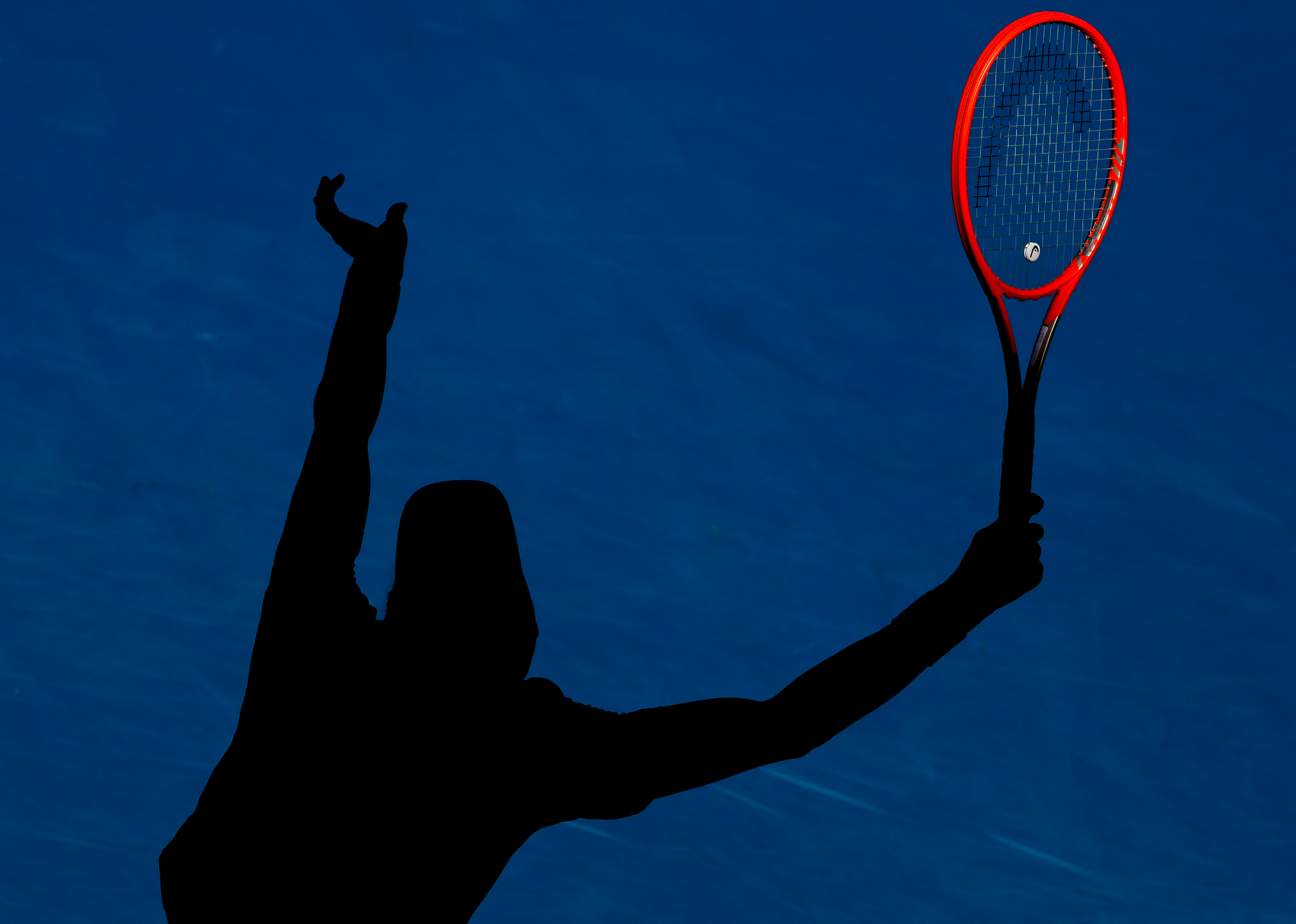
It was also something of a first for Hamish, as it was the first time he had shot a major sporting event with a mirrorless camera. “It was amazing how quickly I adapted to these new features,” he says.
“It’s a remarkable camera. I have had very limited experience with mirrorless cameras, so the big initial difference I noticed was the electronic viewfinder. So, when taking photos, there is no reflex mirror lifting up to momentarily block the view. Along with the silent shutter, it initially felt like I wasn’t taking photos as I wasn’t receiving the feedback I was used to from 25+ years of shooting with SLRs. There is an option to add an artificial shutter sound, which I used for the first couple of days, but then I turned it off as I became a bit more used to the camera.”
“When shooting night matches where there wasn’t as much light, I used my EF200-400mm f/4.0 zoom with the RF mount adapter, and it performed faultlessly.”
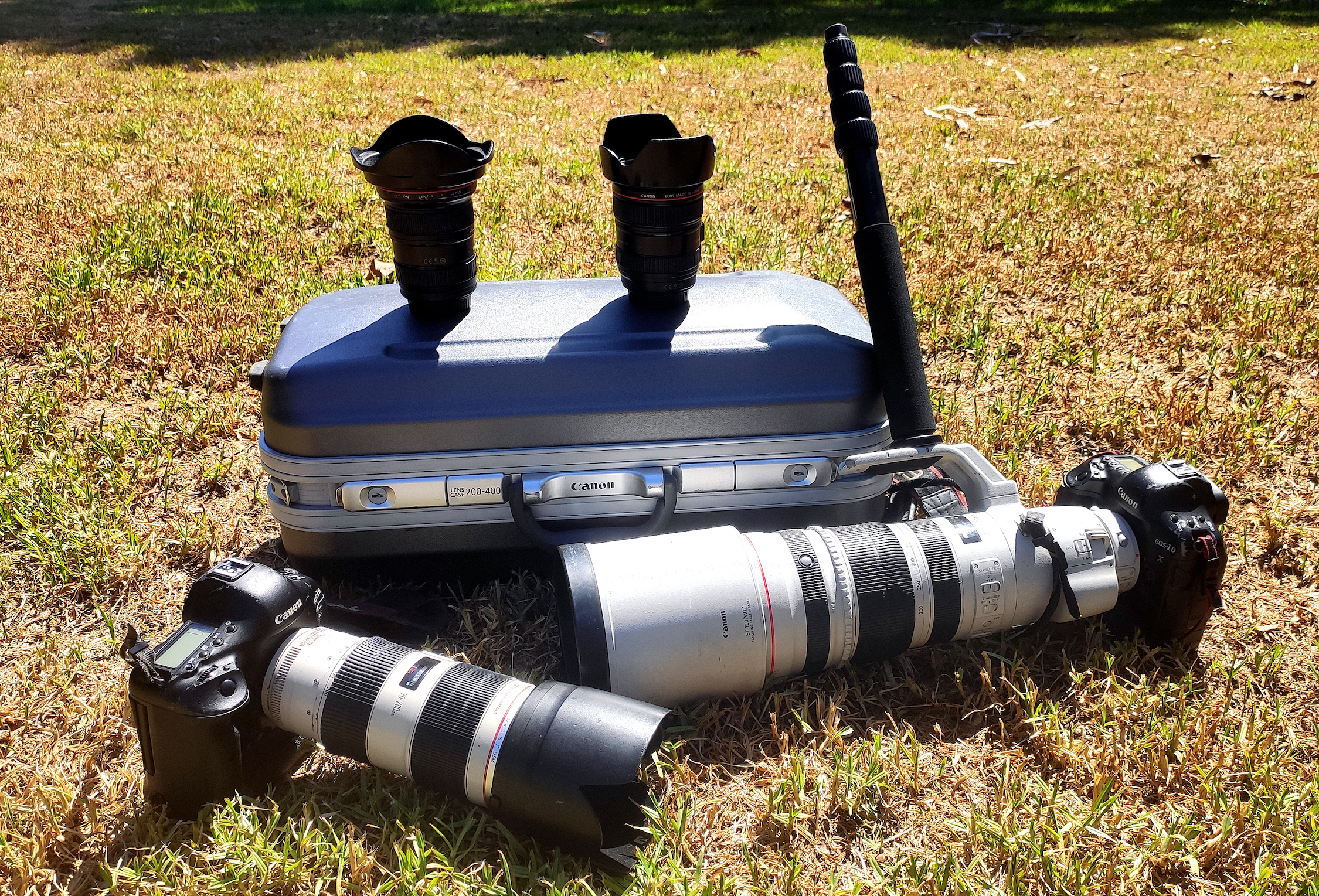
Mirrorless camera convert
Despite being a lifelong DSLR shooter, Hamish quickly felt at home with the mirrorless EOS R3 camera in his hands. And, as can be seen from his stunning images, he was quick to put the camera’s next-generation technology to work.
“The focusing system on the EOS R3 is really amazing, and both the facial recognition and the AF subject tracking were perfect for shooting tennis. Once it locked on, it tracked the subject all over the frame, which made it much easier to compose photos while shooting, rather than needing to keep the subject relatively centred.”
The EOS R3’s myriad customisation options and functionality also helped Hamish set up the camera to suit his shooting style.
“I really only scratched the surface of the customisable focus modes and custom functions, but I did set up a second focus button with a more traditional centre
focus point, which was useful when taking photos with more than one person in the frame.”
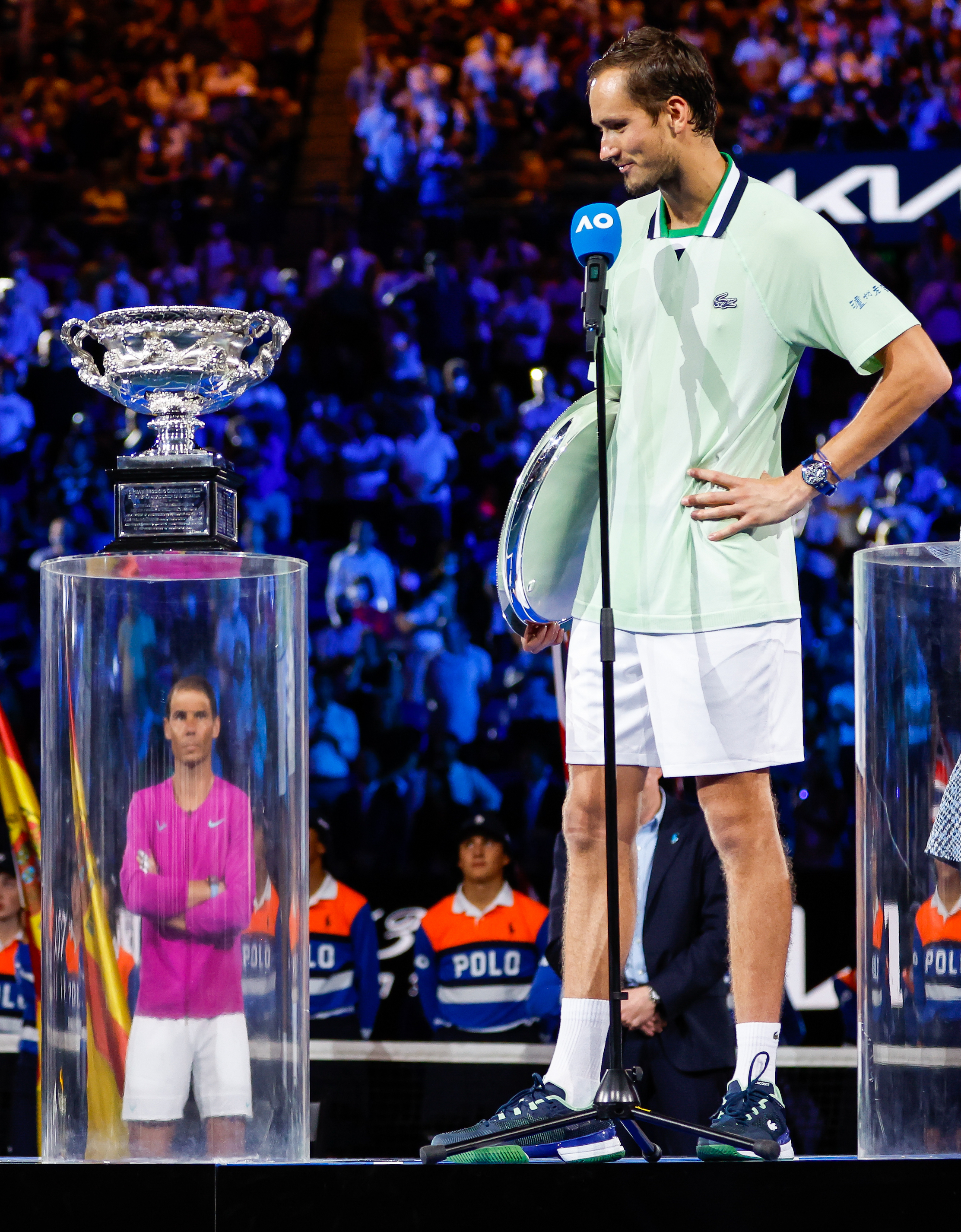
Ultimately, however, it was the EOS R3’s blistering-fast speed that allowed Hamish to unlock a whole new level of sports photography. “Shooting at 30 frames per second allowed me to catch action that would otherwise have been missed. The classic tennis action photo –tight in on the player with the racquet and ball – became a lot easier to get and I often had three or more photos to choose from a single shot! And despite shooting at 30 frames per second, I never reached a buffer limit. Even during extended after-match celebrations where I shot continuously for quite a while, there was never an issue.”
1. Be patient and concentrate – the key moments can all
happen in a split second and then be gone!
2. Try to anticipate the action – you can never know for certain what will happen next, but you can often make a good prediction and make sure you’re ready to capture it.
3. Know the sport – knowing the rules and main players is the key to helping you capture the best photos.
4. Be prepared – pack the right gear and know how big the playing field is, and how close you’ll be able to get. Check the weather forecast and take your wet weather gear even if you don’t think you’ll need it!
5. Practice – it doesn’t matter the event, just get in touch with a local sports team and arrange to shoot them playing or training. Look at what other photographers are doing, look at sports photos you like and work out why you like them, then try and work out how they were shot.
6. Ask questions – in general, photographers are nice people!
As with many mirrorless converts, Hamish says he also appreciated the many benefits that come with shooting with an electronic viewfinder.
“Being able to review photos on the EVF instead of looking at the screen on the back of the camera was another major positive,” he notes. “Particularly when shooting in harsh contrasty sun. No matter how good the screen on the back of a camera is, it’s difficult to review your shots on your camera. But also when working in difficult light, being able to look at the clear crisp screen inside the EVF made it so much easier to fine tune exposures. For example, a player wearing a white shirt in full sun, but whose face is shaded by a cap can be very tricky to balance, and being able to see exactly how much detail was in the shaded areas really helped.”
But it wasn’t only the speedy 30fps frame rate that helped Hamish nail the action. The EOS R3 also boasts a top shutter speed of 1/64,000 second in its electronic shutter mode, making it significantly faster than the current prop-level DSLRs.
“It was amazing how quickly I adapted to these new features. My second camera during the shoot was a DSLR and whenever I used it I was continually trying to review my photos on the non-existent viewfinder display! 25 years of shooting one way and then, within a day or two, I had totally adapted to a new way!”
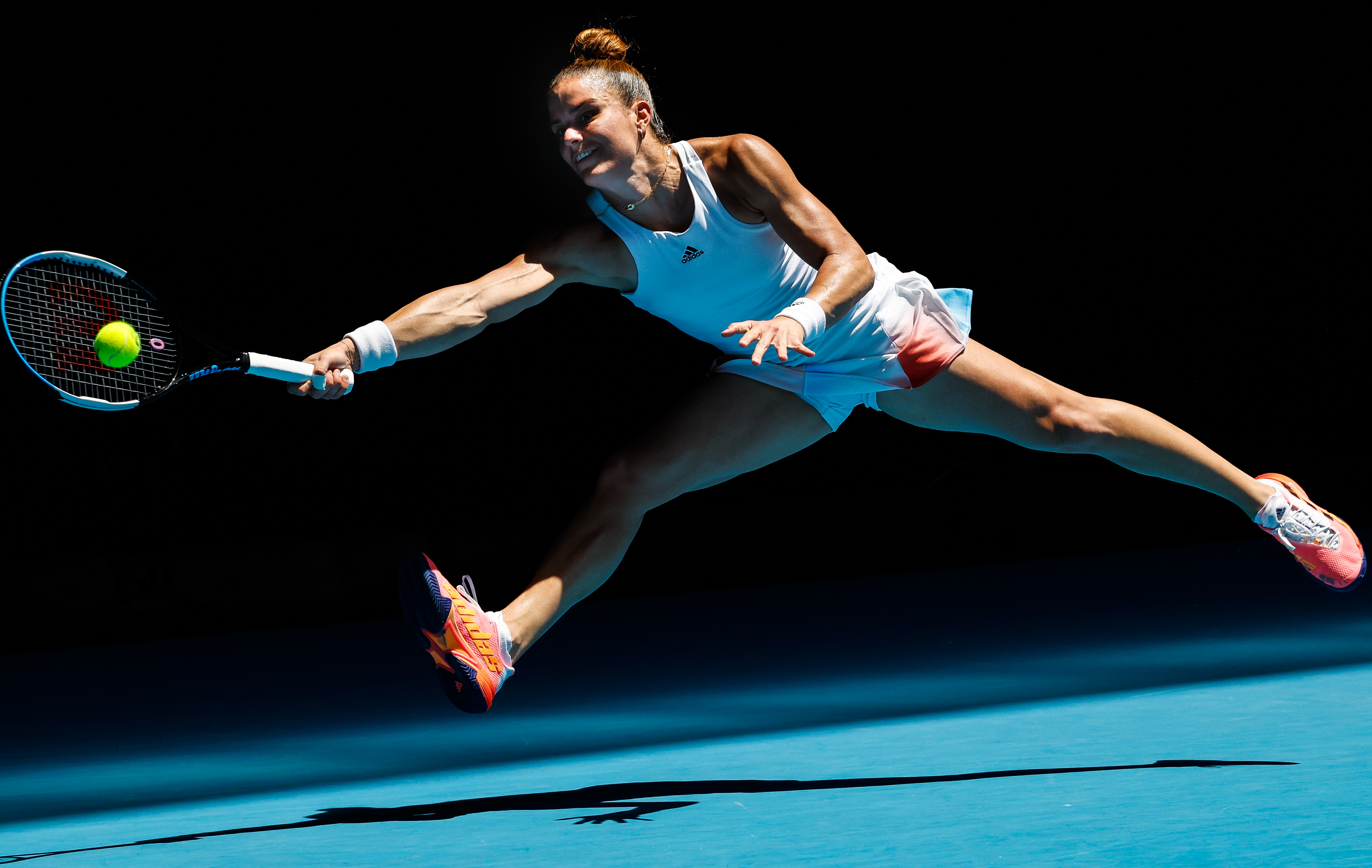
Canon Professional Services
What’s better than shooting at Australia’s major tennis event with the brand new Canon EOS R3? Shooting at the event with the EOS R3 and having the CPS team in your corner, that’s what.
“I had hoped I may get the opportunity to try the EOS R3, even just for a match or two – so to get one for basically the entire tournament was a huge bonus.
“The Canon team was generous with their time, helping me adapt to the new features, but also lots of little things like extra spare batteries when needed, the loan of a flash and other equipment. The logistics of having so much gear available to all the photographers during the tournament, as well as offering cleaning and servicing on site was great.”
- To see more of Hamish Blair’s sports photography, head to his website.
Australian Camera is the bi-monthly magazine for creative photographers, whatever their format or medium. Published since the 1970s, it's informative and entertaining content is compiled by experts in the field of digital and film photography ensuring its readers are kept up to speed with all the latest on the rapidly changing film/digital products, news and technologies. Whether its digital or film or digital and film Australian Camera magazine's primary focus is to help its readers choose and use the tools they need to create memorable images, and to enhance the skills that will make them better photographers. The magazine is edited by Paul Burrows, who has worked on the magazine since 1982.
